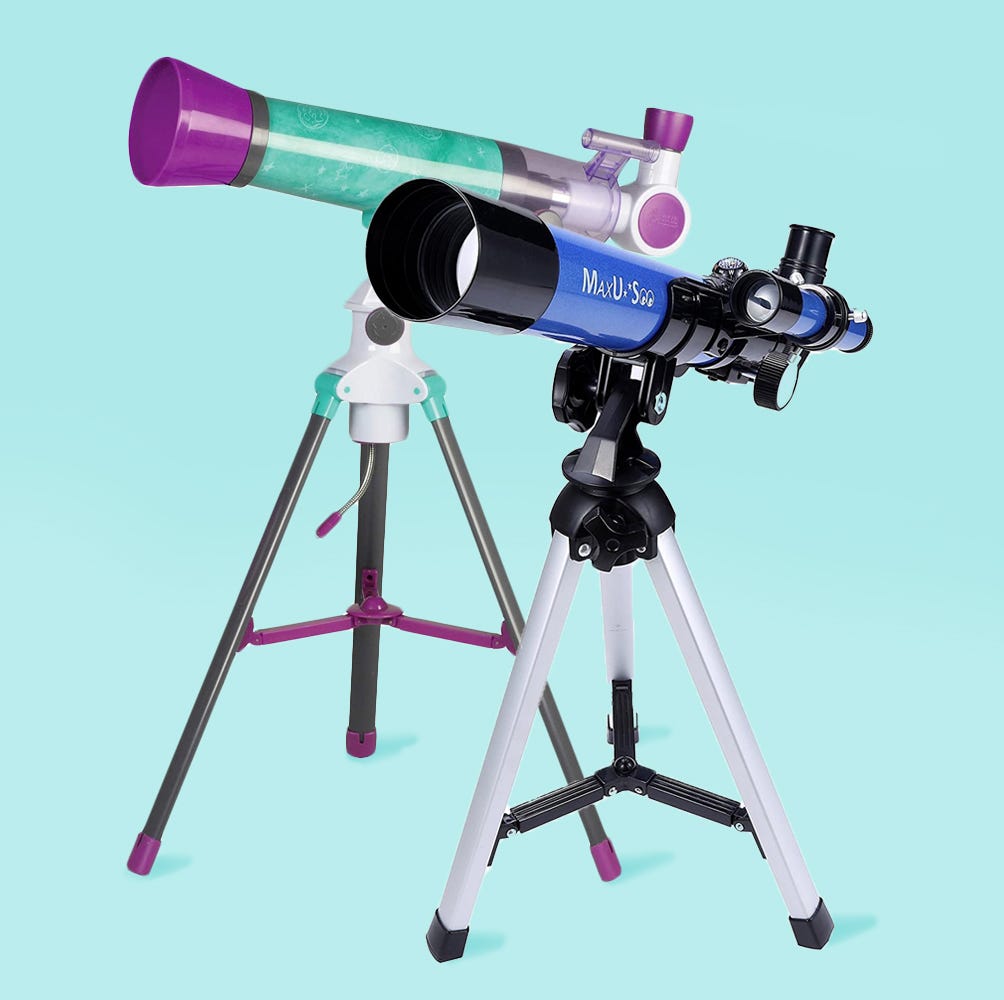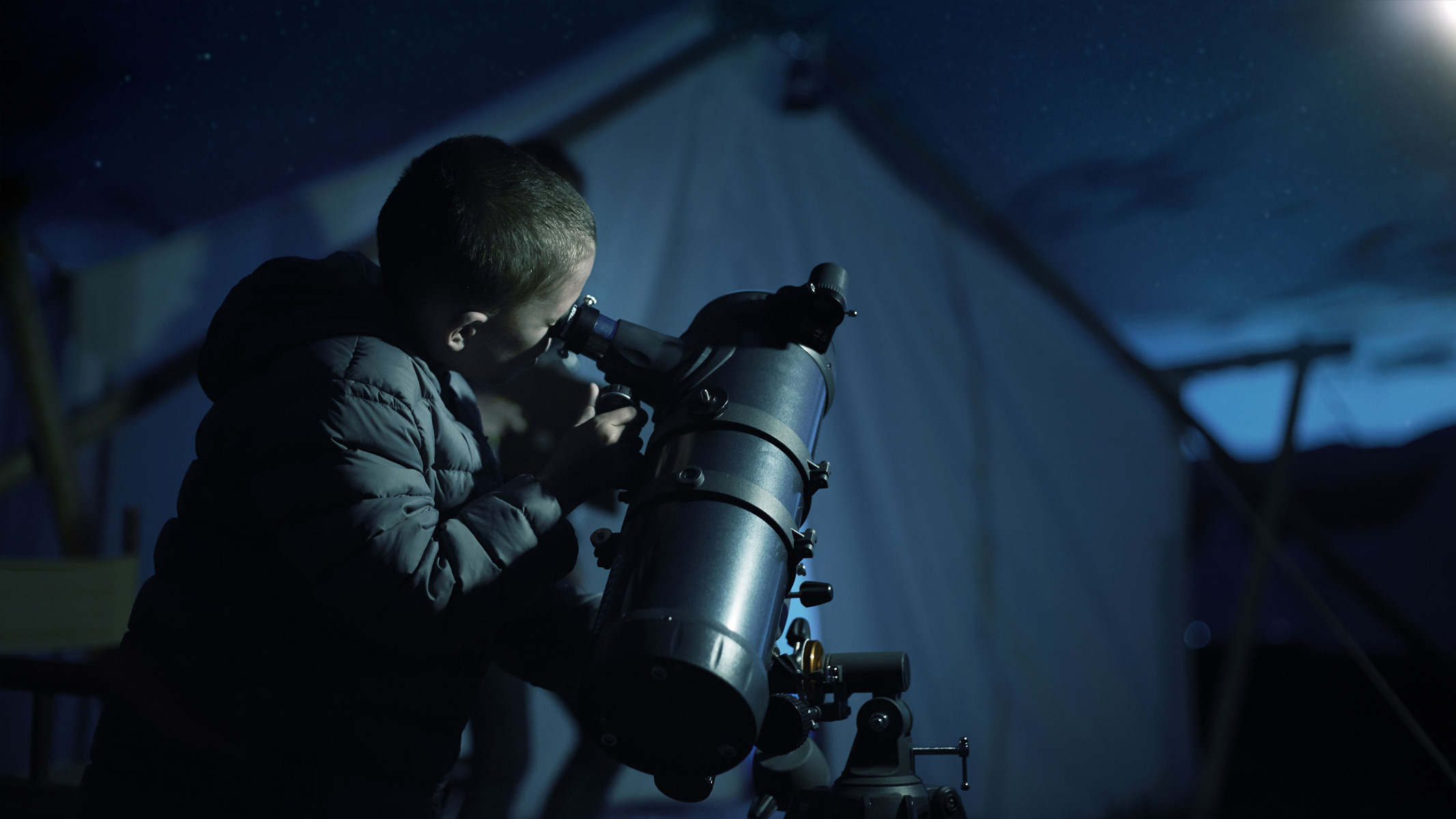Best Children’s Telescope

Finding the best children’s telescope can open up a world of wonder. Stargazing encourages curiosity and learning about space.
Many parents seek a telescope that is easy for kids to use. They want something safe, durable, and capable of showing the stars and planets clearly. A good telescope can inspire a love for science and nature. It helps children explore the universe right from their backyard.
With so many options available, choosing the right one can feel overwhelming. This guide will help you understand what features to look for. You’ll discover how to select a telescope that sparks your child’s interest in astronomy. Let’s dive into the best children’s telescopes that make learning fun and exciting.
Stargazing With Kids: A Magical Experience
Introducing astronomy to kids is very important. It sparks curiosity and imagination. Children learn about the universe and their place in it. Stargazing can help them ask questions. This builds their critical thinking skills.
Stargazing also encourages family bonding. Parents and kids can share a special moment under the stars. It creates lasting memories. Watching the night sky brings joy and wonder. Kids feel a sense of adventure.
Furthermore, stargazing promotes patience and focus. Children learn to observe and wait. These skills are useful in many areas of life. The beauty of the night sky inspires creativity and art. Kids may want to draw or write about what they see.
Choosing The Right Telescope
Choosing the right telescope can be fun. Look for key features that matter. Size and weight are important. A lighter telescope is easier for kids to handle.
Refractor telescopes use lenses. They give clear images of stars and planets. These are great for beginners. Reflector telescopes use mirrors. They are usually larger and offer more light. These work well for deep sky viewing.
Consider the mount type. Some are easy to move. Others are more stable. Find one that fits your child’s needs. A good eyepiece can make a big difference. A higher magnification helps see more details.
Top Telescopes For Young Astronomers
The best overall children’s telescope is easy to use. It has a big lens for clear views. Kids can see stars, planets, and the moon. This telescope makes learning fun. It’s perfect for young astronomers. It is lightweight and portable. So, kids can carry it anywhere.
The best budget-friendly option offers great value. It is affordable but still good quality. This telescope can see distant objects clearly. It is easy to set up. Kids will love exploring the night sky without spending too much.

Safety First: Observing The Skies With Kids
Safety is very important for kids using a telescope. Always supervise children while they observe. Teach them to handle the telescope carefully. Make sure they do not touch the lens with their fingers.
When looking at the sun, use a solar filter. Normal lenses can hurt eyes. Never look directly at the sun without proper protection.
Check that the telescope is stable. A steady base helps prevent accidents. Use a soft cloth to clean the lens. This keeps the view clear.
Always store the telescope in a safe place. Keep it away from small children when not in use. These tips will help everyone enjoy the night sky safely.
Enhancing The Stargazing Experience
To make stargazing fun, kids need some essential accessories. A sturdy tripod helps keep the telescope steady. A red flashlight is great for seeing in the dark. Star charts can help kids find stars and planets easily.
Interactive astronomy apps are also helpful. They teach kids about stars and constellations. Many apps let kids point their device at the sky. They can see names of stars and planets. Books about space are also good. They can spark interest and curiosity.
| Accessory | Purpose |
|---|---|
| Tripod | Stabilizes the telescope |
| Red flashlight | Helps see in the dark |
| Star charts | Find stars and planets |
| Astronomy apps | Teach about space |
| Space books | Inspire curiosity |

Setting Up Your Child’s Telescope
Setting up your child’s telescope can be fun. Follow these simple steps. First, find a flat and stable surface. This helps keep the telescope steady.
Next, assemble the telescope parts. Attach the tripod to the main body. Make sure everything is tight and secure.
Now, point the telescope toward the sky. Choose a clear night for best results. Use the finder scope to locate stars and planets.
For troubleshooting, check these common issues. If images are blurry, adjust the focus. If you see nothing, ensure the lens is clean. Make sure the telescope is aimed correctly.
With these tips, your child can enjoy stargazing. Explore the wonders of the universe together!
Planning A Family Stargazing Night
Choose a dark spot away from city lights. Look for a park or open area. Safety is important. Make sure it’s a safe location for children. Check the weather, too. Clear skies are best for stargazing.
Bring a blanket or chairs. This makes sitting easier. Snacks are also a good idea. Kids enjoy munching while looking at stars.
Fun activities can make it exciting. Play star bingo with pictures of stars. Use a flashlight for games in the dark. Make up stories about the stars. This can spark their imagination.

Inspiring The Next Generation Of Astronomers
Many kids love looking at stars. Astronomy clubs help them learn more. These clubs have fun events. Kids can meet others who like space. They can share their ideas and dreams.
Events often include star parties. Kids can use telescopes together. They can see planets and constellations. Learning from adults is exciting. Experts share cool facts about the universe.
Future jobs in astronomy are bright. Space science needs curious minds. Kids can dream of being scientists or engineers. With hard work, they can explore space one day.
Encouraging young stargazers is important. Building skills early helps them succeed. The universe is full of wonders waiting to be discovered.
Frequently Asked Questions
What Is The Best Telescope For Kids?
The best telescope for kids combines ease of use, durability, and quality optics. Models like the Celestron Kids 50AZ Telescope offer a user-friendly design and good magnification. Look for telescopes that come with educational resources to enhance the learning experience.
Always consider your child’s age and interests when choosing.
How Do I Choose A Children’s Telescope?
When choosing a children’s telescope, consider factors like size, weight, and optical quality. A lightweight and portable model is ideal for young astronomers. Also, ensure it has simple controls for easy operation. Educational features like star charts can make the experience more engaging and informative.
Are Telescopes Safe For Children?
Yes, telescopes are generally safe for children when used properly. Most children’s telescopes are designed with safety features and durable materials. Supervision is important, especially for younger kids. Teach them how to handle the telescope correctly to avoid accidents and ensure a fun experience.
What Features Should A Children’s Telescope Have?
A good children’s telescope should have a sturdy build, simple setup, and clear optics. Look for a model with adjustable height and a user-friendly mount. Additional features like a red dot finder and included accessories enhance usability. Educational materials can also enrich their learning experience.
Conclusion
Finding the best children’s telescope can spark a lifelong love for science. It opens up a world of discovery and imagination. Choose a telescope that fits your child’s needs and age. Look for ease of use and good quality. Remember, the right telescope makes stargazing fun and exciting.
Encourage your child to explore the night sky. Watching planets and stars can be magical. Invest in a telescope, and watch curiosity grow. Happy stargazing!






